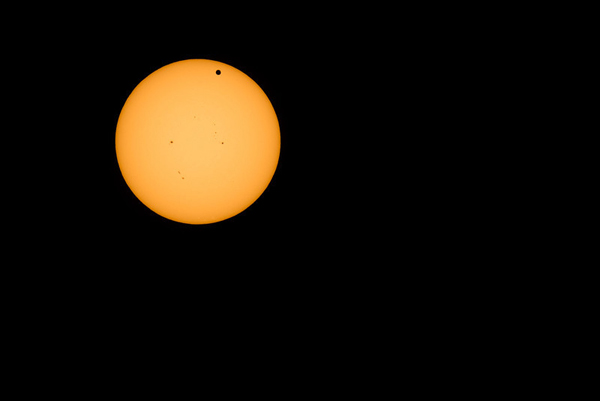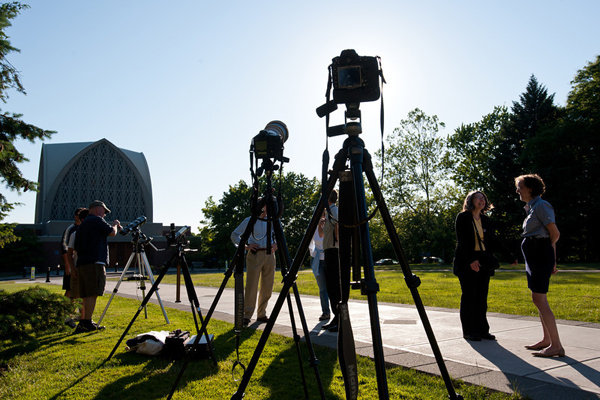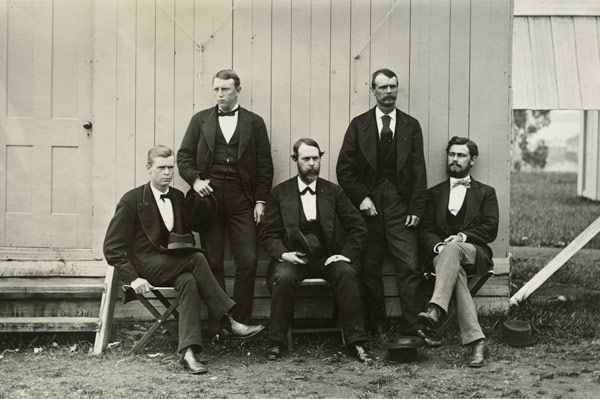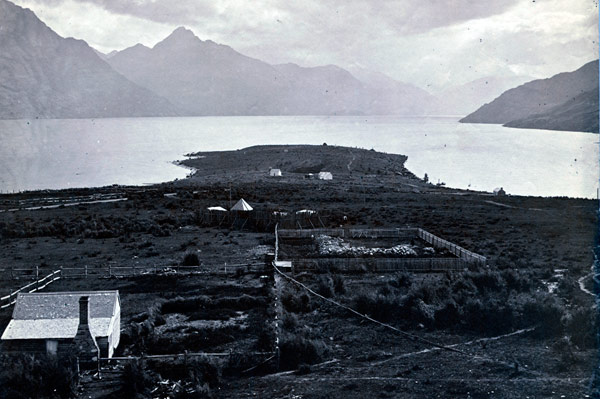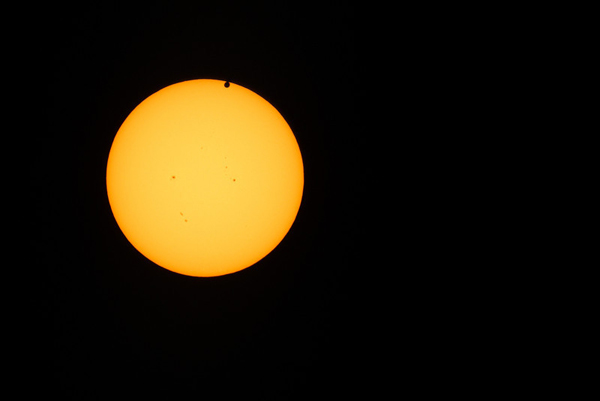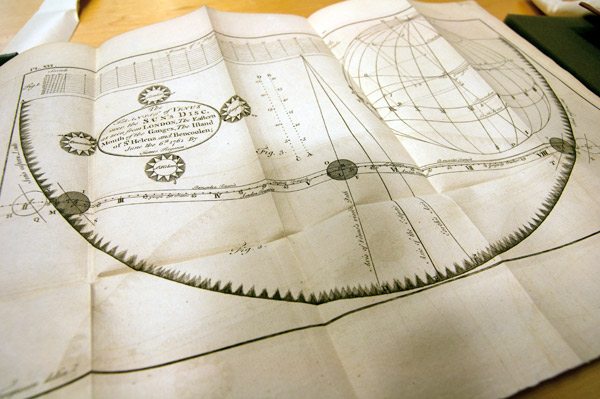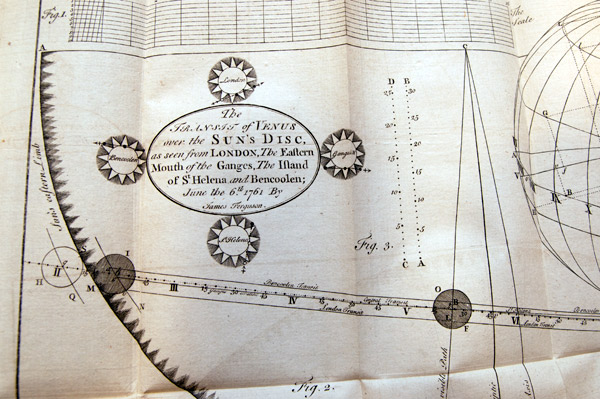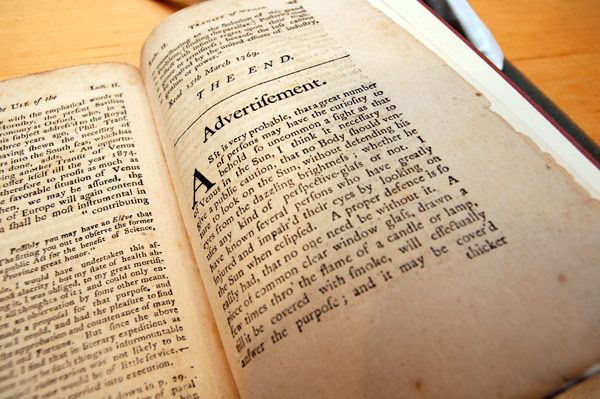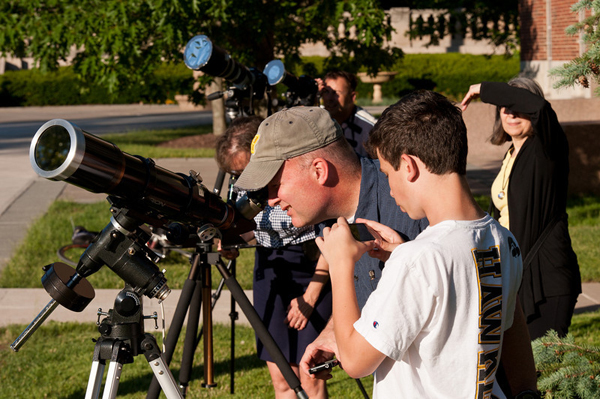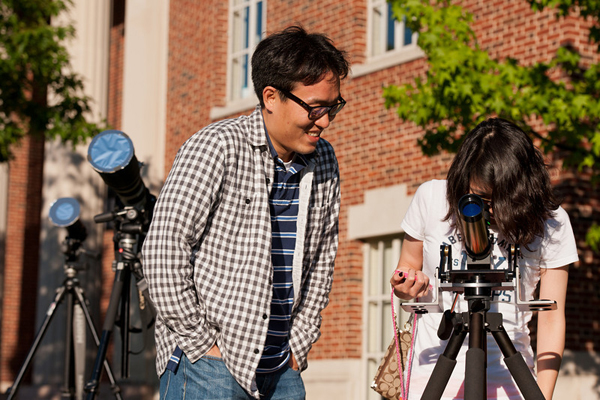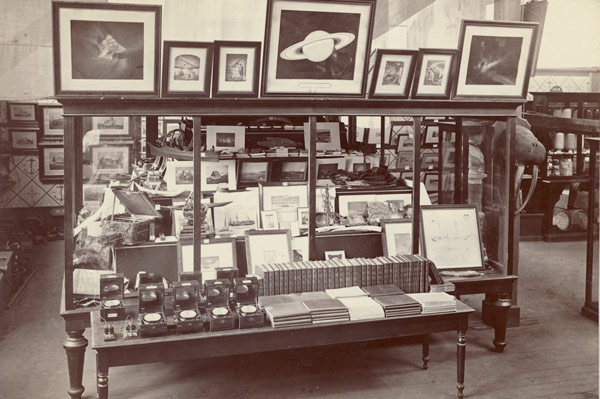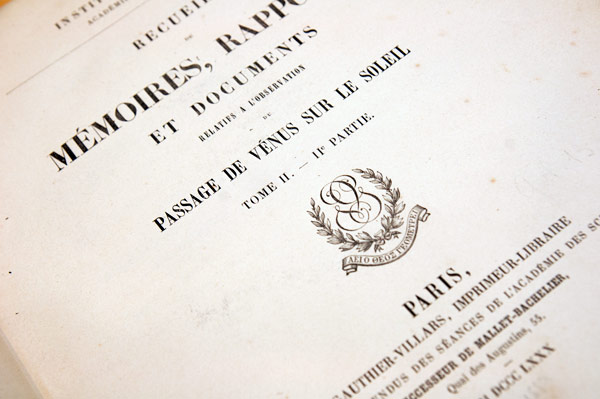University of Rochester
Transit of Venus: 1882 and 2012
For the last time until 2117, spectators from the University of Rochester and around the world gathered to view the transit of the planet Venus across the face of the sun.
These transits usually occur in pairs, eight years apart, separated by long gaps of 121 years and 105 years. Much like today, the astronomical world was on high alert to observe the last pair of transits of Venus in 1874 and 1882.
Professor Adam Frank: The Venus Transit -- Who Cares?
NPR, June 4, 2012
Admiral William Harkness, University of Rochester class of 1858, was one of the nation's foremost astronomers, serving for nearly 40 years at the U.S. Naval Observatory.
He directed expeditions to the far reaches of the planet to observe such events as the transit of Venus.
At that time, there were no precise measurements of the size of the solar system or the exact distance between the earth and the sun. Observation parties were sent to the far reaches of the earth to try to measure the solar parallax. Harkness, for whom Harkness Hall is named, was one of the original members of the U.S. Transit of Venus Commission. He was stationed at Hobart, Tasmania in 1874. He led the American efforts for the 1882 transit and almost single-handedly achieved the final American result.
The next transits of Venus will be in 2117 and 2125.
The William Harkness Papers are housed in the Department of Rare Books and Special Collections, Rush Rhees Library.
Historic photos courtesy of Rare Books and Special Collections.
